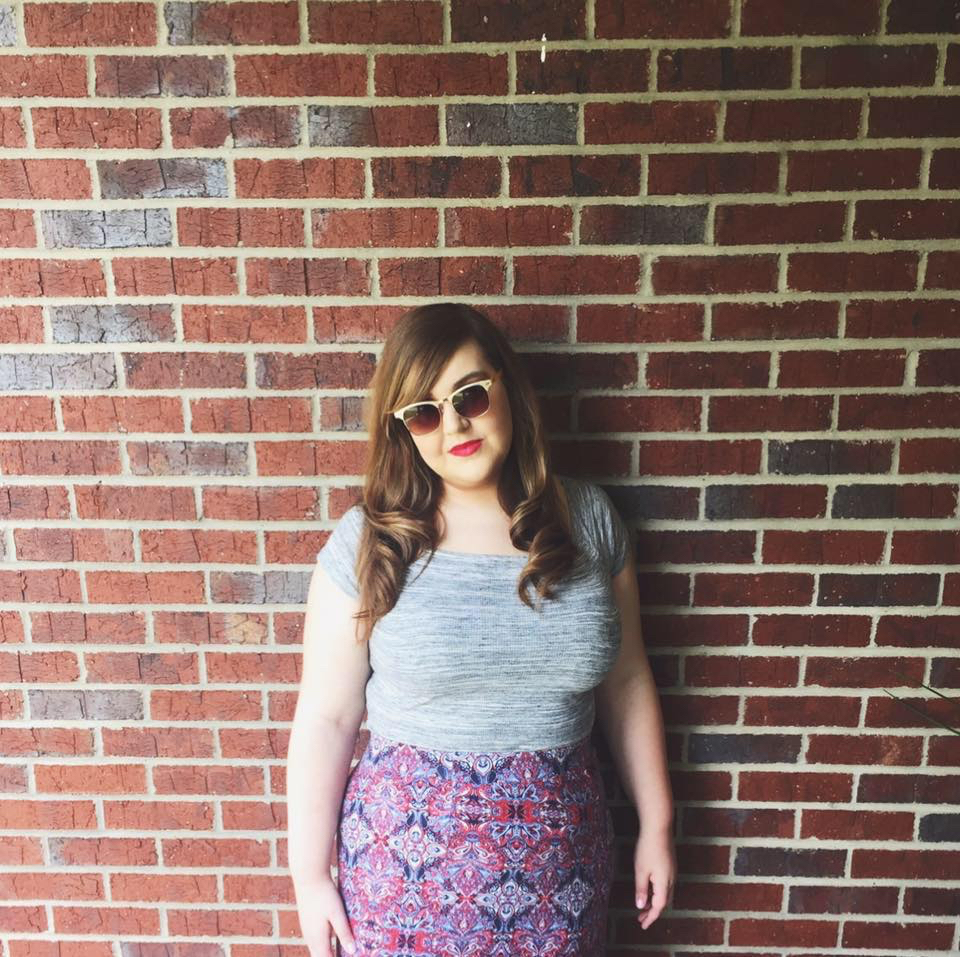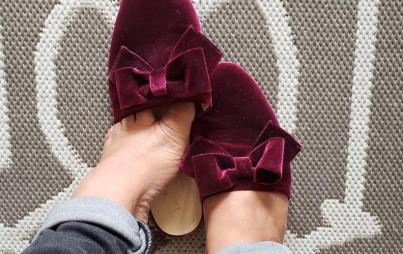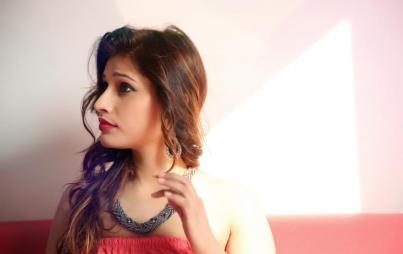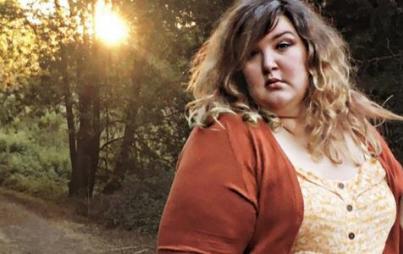
Photo of Rachel Hoge by Katy Nash
It was late afternoon on the Fourth of July. I was standing in front of my full-length mirror, trying to decide between two outfits. The first option — frayed denim shorts, paired with a graphic tank top of solo cups and ping-pong balls forming the American flag (I’m not a huge fan of beer pong, TBH, but I know a funny tank top when I see one). My other option was a maxi skirt, patterned red and blue, with a gray crop top. I switched back and forth between the two outfits, deliberating on more than just comfort, color, or appropriate holiday wear.
I was headed to a party hosted by a friend of a friend, and wouldn’t know many people there. Which of these outfits would make conversation flow better? Which part of my personality would I want these strangers to know — that I love a good, ironic t-shirt? That I enjoy fashion trends?
An outfit could say a lot, especially for me, because I can’t always rely on conversation to share my personality.
I’ve had a stutter for as long as I can remember. Since I was kid, nearly every conversation has included repetitions (r-r-re-re-repetitions), prolongations (ppppppprolongations), and vocal blocks (no sound). Living with a rare, neurological speech impediment means I constantly struggle to express myself to others. Conversation with able-bodied speakers can be challenging, particularly when meeting new people who don’t understand my disability. Some days, it feels impossible to speak my own name, let alone share the nuances of my personality — like my ambivert disposition, my tendency to question rules, or my peculiar fascination with 90s television. To ease my trepidation about my disability and share my personality more visibly, I use fashion as a form of self-expression.
You Might Also Like: How Access To Plus-Size Fashion Changed (And Saved) My Life
Psychology Today defines personal style as a “reflection of your unique complexity as a human being”, which is probably why those of us with disabilities are passionate about fashion — it’s a powerful way to express our unique life experiences. In my case, I use fashion to push against the public stigmas that surround stuttering, including false stereotypes — like people who stutter have decreased intelligence. This is why, as an undergraduate in college, I never attended class in sweatpants and a t-shirt like many of my friends; or more recently, in graduate school, I often styled myself in nice blouses and oxfords. Fashion has the potential to reveal how we see ourselves, and I wanted to show other professionals and academics that I considered myself their equal. Whether I speak fluently or stutter on every word, my speech doesn’t indicate anything about my IQ.

Having a speech disability also means others don’t always see the lighter parts of my identity, either — the personality traits my fashion aesthetic can more accurately portray — like friendliness, excitability, spontaneity. Since I’m unable to express myself fluently, I can use fashion to share the lighthearted parts of my personality with the world: a fringe vest says I’m playful, a bright dress that I’m bold, a floral headband that I’m whimsical.
Fashion can even help me project a positive self-image to the world; it can say—hi everyone, this is me, I’m witty but impulsive, I’m sensitive but strong, and I like who I am. Stutter and all.
The clothes I wear allow others to see beyond my stutter, encouraging them to discard any negative connotations they might have about my disability.
After a few rounds of outfit-deliberation, I arrived at the Fourth of July party. It was early evening, and the party was hosted in a warehouse with over 100 people in attendance. We had a cookout buffet and mixed drinks and watched fireworks outside, and girls I had never met before complimented my outfit (maxi skirt, crop top) and we started talking. I don’t know if they noticed my stutter, if they looked puzzled or did a double-take, but I certainly didn’t notice.
I was much too busy talking.








